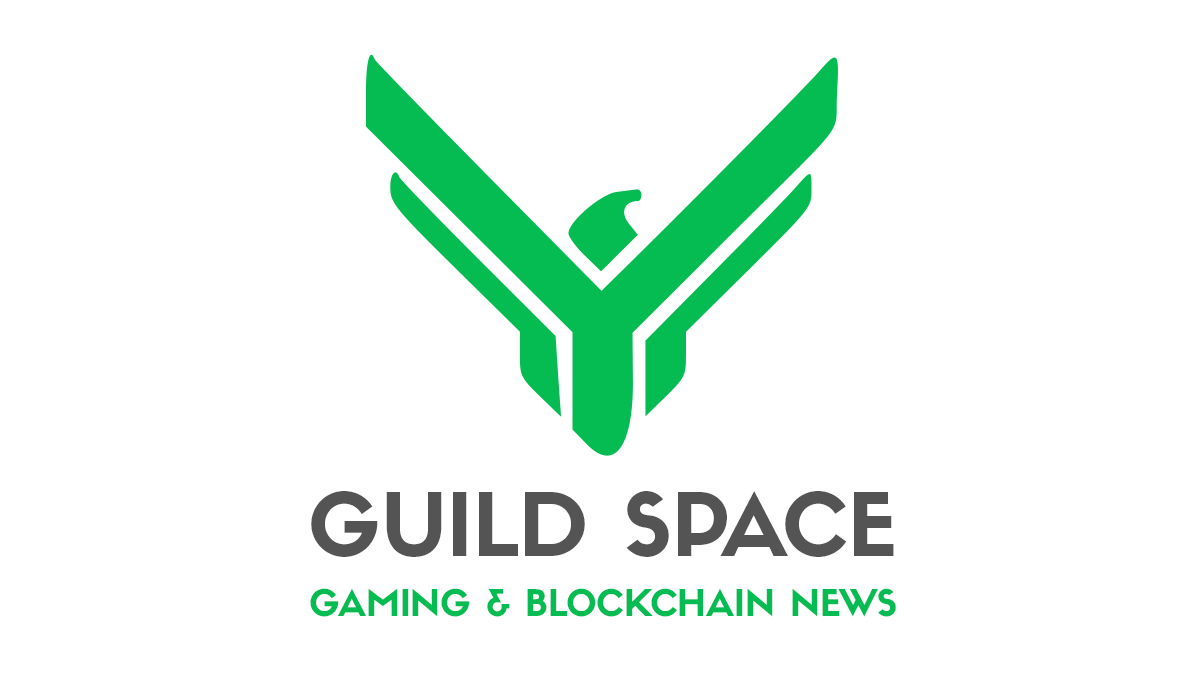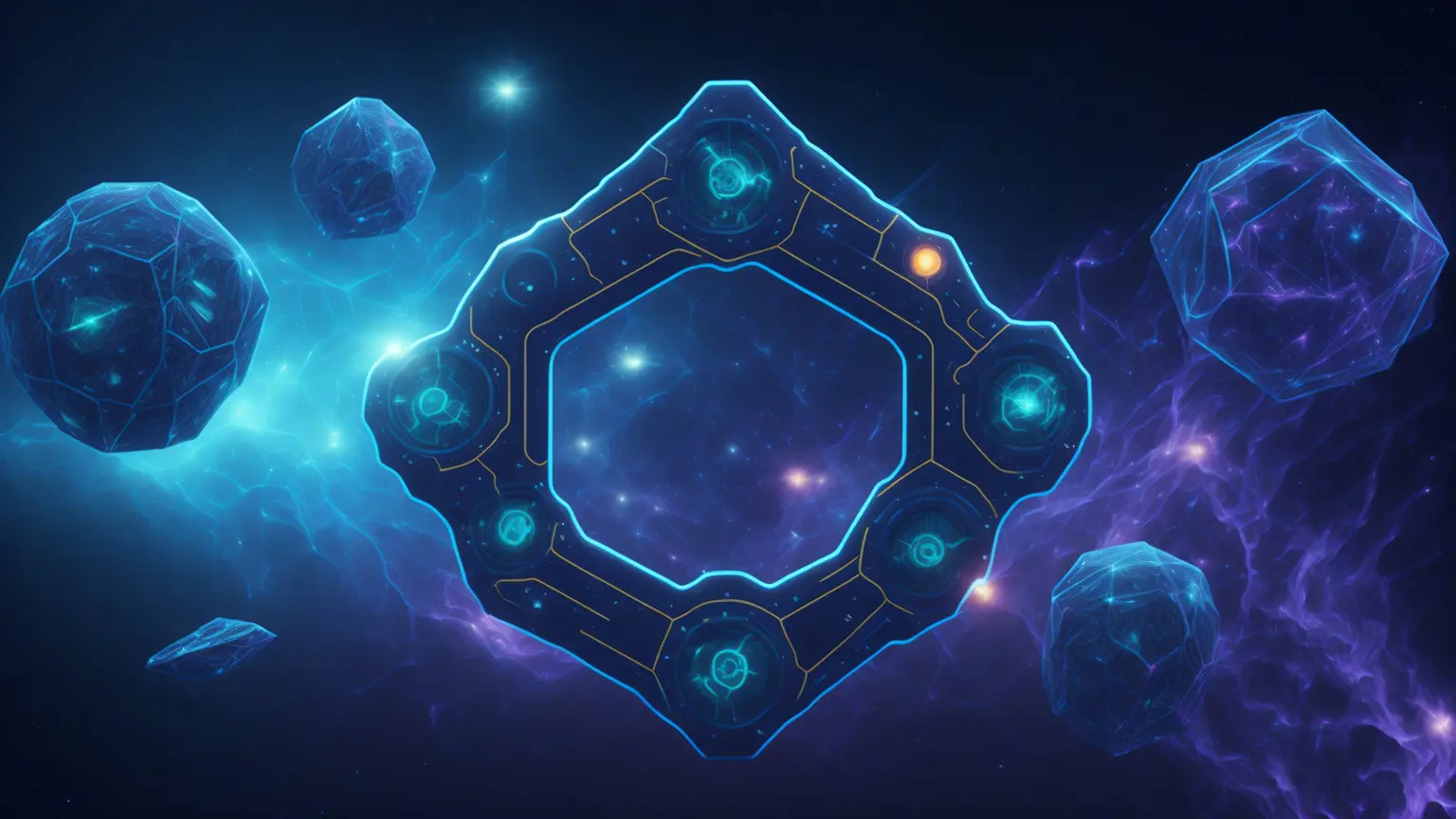NFTs in the Multiplayer Gaming Universe: Revolutionizing In-Game Assets and Altering Economic Landscapes


The gaming cosmos is undergoing an astronomical shift with the incorporation of Non-Fungible Tokens (NFTs) into its galaxies. This article takes a deep-dive into the frontier of NFT utilization within multiplayer games, examining the metamorphosis of in-game assets and the consequent ripple effects on gaming economies.
NFTs Unraveled: Singular Digital Marvels
In the digital assets constellation, NFTs are unique stars. As cryptographic assets residing on a blockchain, NFTs are unparalleled in their individuality. Unlike their fungible counterparts like Bitcoin, NFTs possess distinct characteristics that establish them as one-of-a-kind.
The Fusion of NFTs and Multiplayer Gaming: A Quantum Leap
In-Game Assets Reimagined
Multiplayer games are harnessing the power of NFTs to craft a new breed of in-game assets. From mythical swords, interstellar ships, to bespoke avatars, these assets are no longer mere pixels but become singular treasures engraved on the blockchain.
Ownership and Lineage: The Immutable Chronicles
The blockchain chronicles of an NFT ensure that the lineage and ownership of in-game assets are immutable and transparent. This impenetrable record fosters an environment of trust and attachment between the player and their digital treasures.
A Portal Beyond the Game
NFTs serve as portals that allow in-game assets to transcend their native gaming environments. Players can trade these treasured assets across realms, on NFT marketplaces, often for cryptocurrencies or even fiat currency.
The Economic Tidal Waves
Flourishing Decentralized Bazaars
NFTs are the catalysts for burgeoning decentralized bazaars where players trade in-game assets like prized antiques. These bazaars are intricate economies where gaming and finance converge and coalesce.
The Balancing Enigma: Equity in Gameplay
An enigma faced by game developers is ensuring that the incorporation of NFTs does not unbalance gameplay. The challenge lies in creating an environment where NFT ownership enriches the experience but does not create an insurmountable divide between players.
The Speculative Nebula
The allure of NFTs can create speculative nebulae where players hoard and trade assets akin to stock markets. This speculative nature must be navigated deftly to ensure the stability and sustainability of the in-game economy.
Luminaries in the NFT Gaming Universe
Ember Sword
Ember Sword is an MMORPG that is blazing trails with its integration of NFTs. Players can become true owners of their in-game assets and real estate, and even earn a share of the game’s revenue.
Alien Worlds
In Alien Worlds, players can mine Trilium (TLM), participate in governance, and own and trade NFTs across different planetary territories within a fully decentralized gaming ecosystem.
Guardians of the NFT Gaming Cosmos: Ethics and Sustainability
The meteoric rise of NFTs within multiplayer games necessitates the guardianship of ethics and sustainability.
Ecological Stewardship
Considering the energy consumption of blockchain networks, embracing greener technologies is vital for the ecological stewardship of the NFT gaming cosmos.
Legal Shields
The fusion of gaming and financial elements demands robust legal shields to protect players and ensure ethical practices.
Final Musings
NFTs are charting new courses in the multiplayer gaming universe. As this frontier expands, it’s imperative for developers, players, and guardians to steer this ship with a compass tuned to innovation, fairness, sustainability, and ethics. The celestial possibilities are boundless, but they beckon a responsible odyssey.
Recent Posts
How to Manage an Online Community: Best Practices for Success
In today's digital age, online communities have become a pivotal aspect of brand building, marketing, and fostering user engagement. Proper…
The Future Smart Home: Automation, Energy Efficiency & Next-gen Technologies
Automation, Energy Efficiency, and Cutting-edge Technologies in Domestic Management. 1. Introduction In today's world, technology continues to become more integrated…
Building an Online Community: A Step-by-Step Guide
In today's digital age, online communities have become hubs for knowledge exchange, shared interests, and camaraderie. If you're thinking of…
Blockchain’s Revolution in Real Estate: Ushering in Transparency
Blockchain, originally known as the backbone technology of cryptocurrencies, holds potential far beyond the financial sector. One such area where…
Leveraging Graph Databases for Complex Data Structure Analysis: An Overview of Benefits and Application Methods
The contemporary data landscape is ever-expanding and becoming more intricate, and conventional analysis tools and methods often fall short in…
Leveraging Quantum Computers in Scientific Research: A Revolution in the World of Science
The emergence of the first working prototypes of quantum computers signaled a new era of scientific exploration. With a fundamentally…